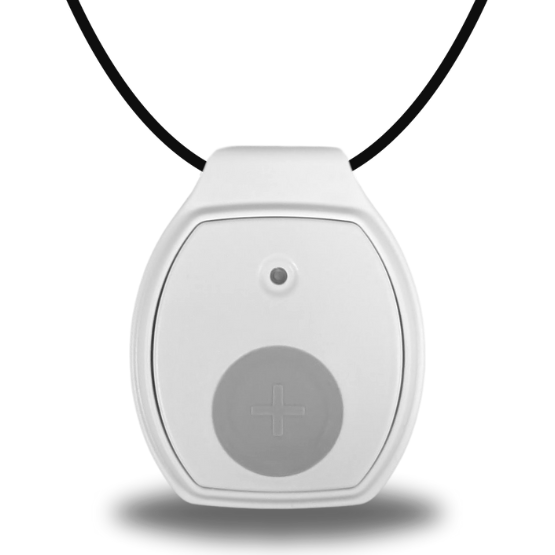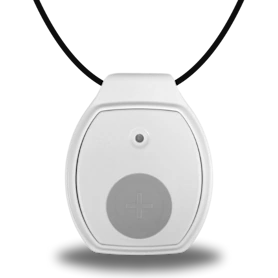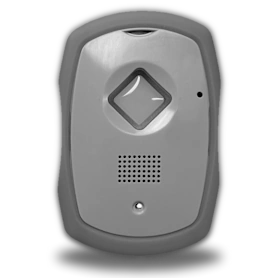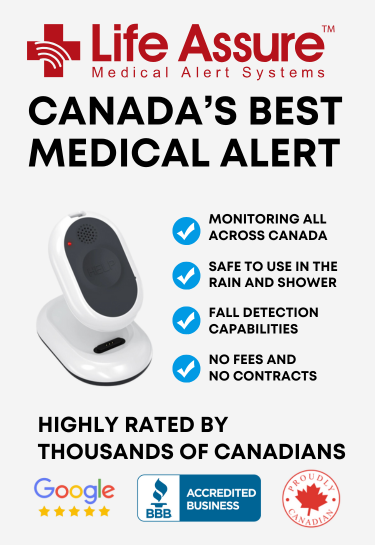What to Expect in Assisted Living for Seniors: A Comprehensive Guide
Assisted living has become popular among seniors in Canada. This is because it strikes a balance between residing independently and obtaining caring support.
The majority of families move into assisted living either because the elderly feel guilty and anxious about being dependent on other family members or because the family feels relieved about the safety and independence of their beloved aged person.
Recognizing and understanding what to expect with assisted living for seniors helps ease such emotions and ensures the transition is as easy as possible for seniors and their families.
Life Assure Product Quiz
Find The Perfect Medical Alert Device
Take our 30 second quiz and discover which Life Assure medical alert device is the right fit for you or a loved one.
Life Assure Product Quiz
Find The Perfect Medical Alert Device
Take our 30 second quiz and discover which Life Assure medical alert device is the right fit for you or a loved one.
Understanding Assisted Living for Seniors

Assisted living is a residential kind of care that provides seniors personal support as they are unable to do chores in their homes. These facilities provide services in relation to bathing, dressing, medication management, assistance with meals, and housekeeping.
The goal is to provide as much independence as possible while ensuring that the proper care is given. One of the most important advantages of assisted living is the fact that it is truly home-like.
Many of these facilities are designed so that they are in the model of standard apartments or small houses; residents have private or semi-private rooms and shared areas where they can interact and participate in activities.
his creates a sense of community and belonging that can be very important for an older person who may be worried about loneliness and isolation.
Services and Amenities
Different facilities offer several services and amenities, making assisted living for seniors different in every home. Most of them combine all services to come up with a total care package that suits the basic needs of every individual.
Other than the daily activity assistance, most of the facilities are combined with three meals a day with snacks and beverages in their packages. In most cases, meals are pre-programmed by plans from nutritionists to make sure that a meal meets the requirements of the elderly.
There might be some particular health complications that might need consideration, like diabetes or heart problems.
Another major characteristic of healthcare services within assisted living is that, though they are not licensed to care for the clients at the level of a nursing home, they can have staff on call to assist in an emergency and to provide basic medical care.
This can include assistance with chronic conditions, medication management, and coordination with outside providers for higher-level healthcare needs. In addition, some facilities provide on-site healthcare professionals, like nurses or therapists.
Cost and Financial Concerns
The cost of assisted living will vary drastically on a case-to-case basis and cannot be generalized. On average, Genworth's 2020 Cost of Care Survey reported that the national median monthly cost of assisted living for single occupancy, one-bedroom units in the Canada is about $4300.
This number can be higher in metropolitan locations or lower in rural localities. So it would be practical for the families to assess their financial position and then study all available alternatives open to them regarding meeting these expenses.
Some of the long-term care insurance policies do cover assisted living costs that Medicare will not pay for; however, Medicaid may also take on its share of the costs of assisted living for those with eligibility, depending on its requirements, which vary along with benefits from state to state.
Additionally, the Department of Veterans Affairs does give aid to veterans and their spouses. Other resources to consider would include personal savings, reverse mortgages, or family assistance.
Choosing the Right Facility

This is a major decision and it is key in the process of ensuring your loved one gets quality care. The process may be overwhelming, but a number of considerations come into play that can narrow down many options.
The location could very well be on top of the list, as perhaps most families prefer places nearby or a reasonable distance from home, encouraging repeated visits.
Reputation is perhaps another salient point of consideration, where reviews, testimonials, and ratings from respectable sources must be looked for.
Another important consideration is the level of caretaking offered by the facility. Some seniors may only need minimal assistance for the activities of the day, while others may require more extensive support, such as helping them with movement or even memory care for those consistently suffering from dementia.
Thus, there is a critical need to choose a facility that accommodates the needs of your loved one at that particular point in time and is able to increase its scope of care provision should the condition of your loved one deteriorate.
The Transition to Assisted Living
Assisted living is a big life change at this stage, and the transition to it can often be tough. Make sure to go through this process with sensibility and understanding since your senior loved one is likely to have a number of mixed emotions.
Let them understand that your decision is based on open and honest communication to alleviate concerns and put them at ease with your decision.
Before moving, engage your senior loved one in the planning of the move. You could even go to the facility together and talk over the daily routines, activities, and social interactions that would make the resident feel more relaxed and in control of their new living situation.
On the first day of the move, ensure a gradual transition by including familiar items from home such as furniture, photographs, and personal mementos so that they will feel the continuity between the new place and their old place.
It is important to recognize that a new setting can look distressing without current belongings, thus the new space will feel more like home with similar possessions around.
Also, it would be best if you were around during the move and offered emotional support as they adjusted to the new surroundings.
Life in Assisted Living
The whole essence is to make life in assisted living comfortable and fulfilling, providing an opportunity to make new friends, engage in uplifting activities, and be given the kind of care and support needed to retain personal independence.
Of all, the routine of being surrounded by such an opportunity for friends and companionship is a solace to many who find themselves in assisted living communities.
Conclusion

Though making a choice of assisted living for seniors is a major life decision, having an idea about what to expect can greatly help the process. With the right facility and help, the aged can feel at home and be safe—thus living a fuller life in an assisted living community.











 Get Help With The Push Of A Button
Get Help With The Push Of A Button















